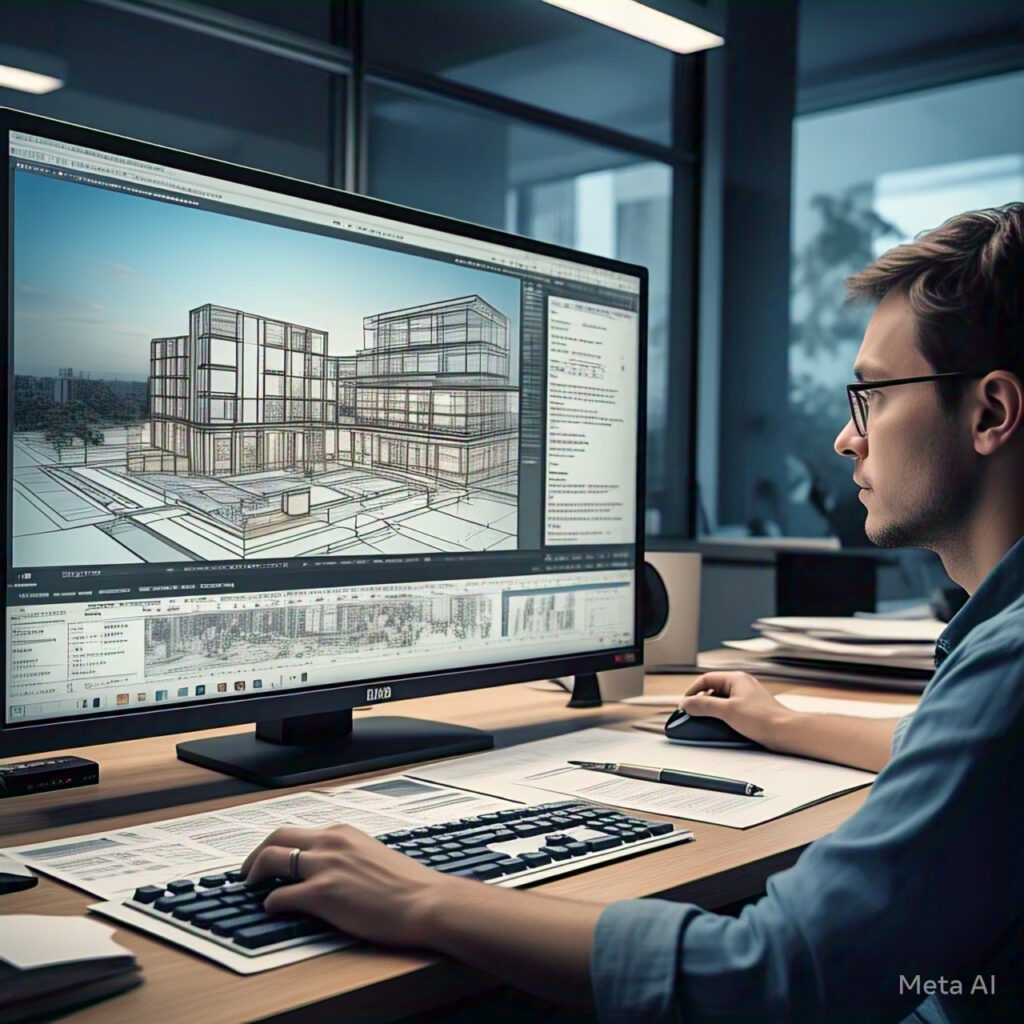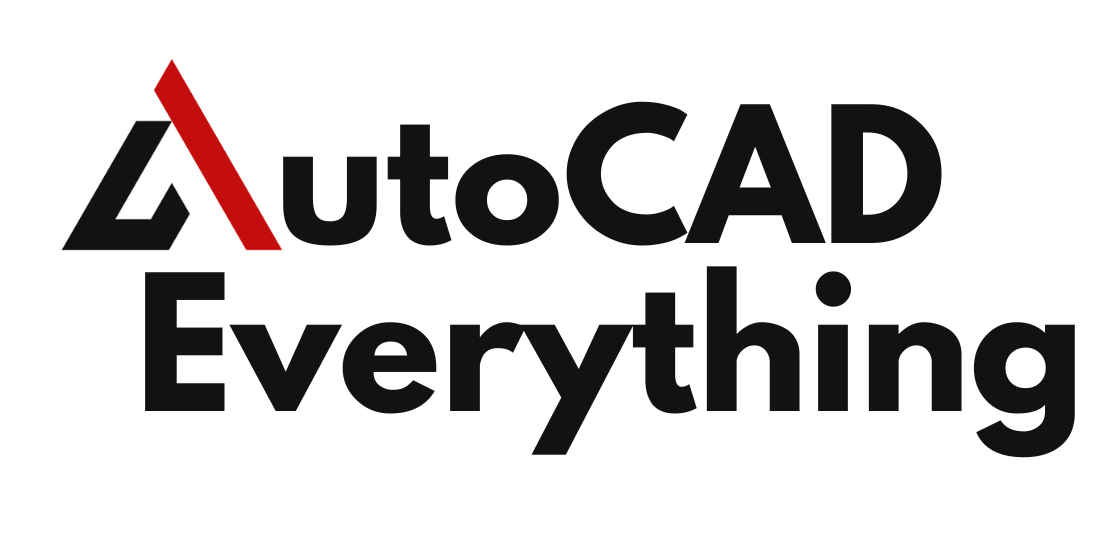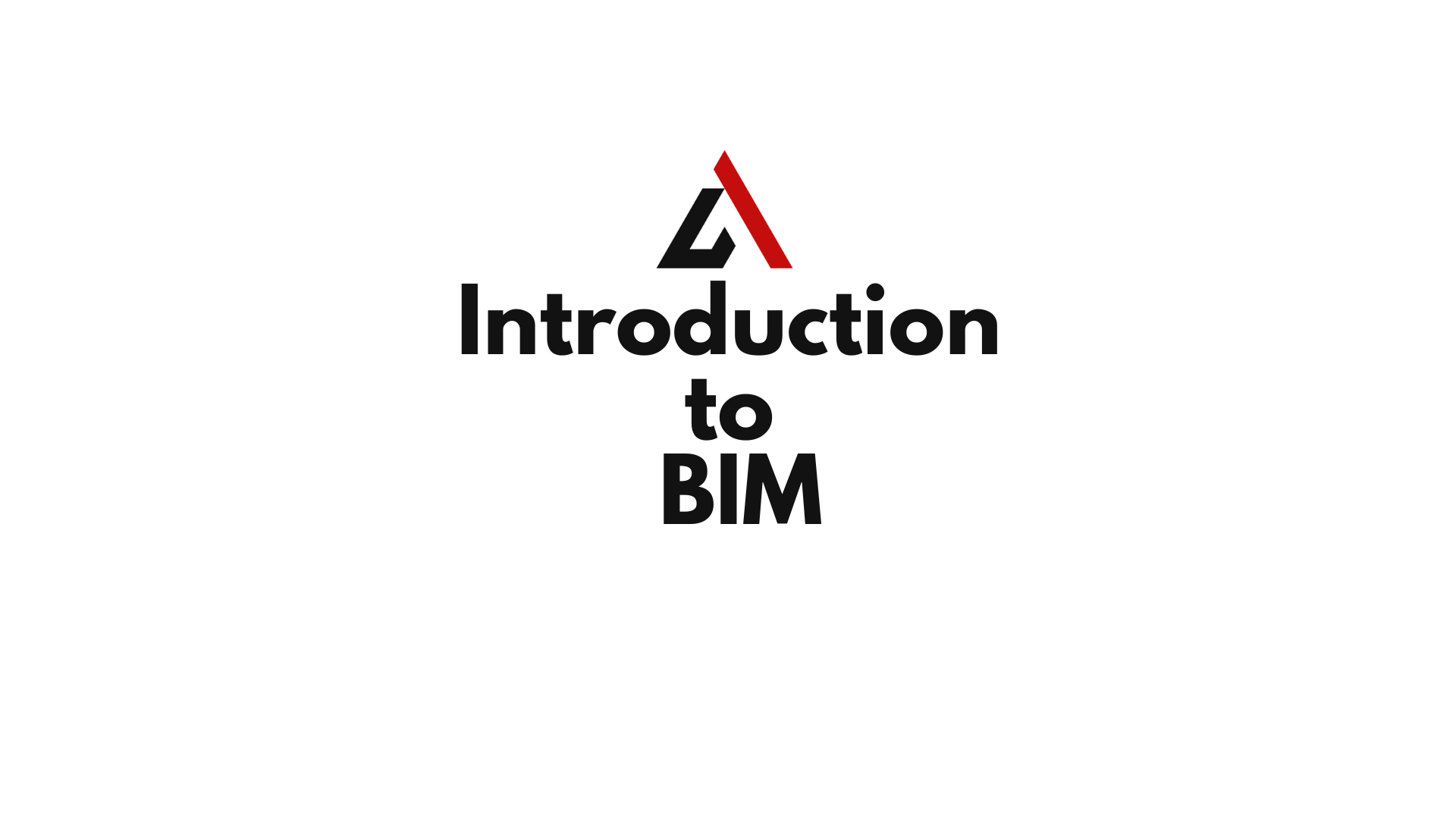Introduction
The Architecture, Engineering, and Construction (AEC) industry has undergone a digital revolution, and at the forefront of this transformation is Building Information Modeling (BIM). BIM is not just a 3D modeling tool but a comprehensive process that integrates design, coordination, and lifecycle management into a single platform. By leveraging BIM, professionals can increase efficiency, reduce errors, and optimize workflows throughout a project’s lifecycle.
In this article, we’ll explore Introduction to BIM is, why it’s important, and how it is reshaping the AEC industry. From design visualization to construction planning and facility management, BIM has become an essential tool for modern architecture and engineering.
Table of Contents
What is BIM?
Definition of BIM
Building Information Modeling (BIM) is a digital representation of a building’s physical and functional characteristics. Unlike traditional 2D drafting, BIM provides a 3D model integrated with real-world data, allowing stakeholders to collaborate efficiently across all project phases.

BIM is not limited to creating geometric models; it incorporates materials, costs, performance data, scheduling, and sustainability factors into the design process. This data-driven approach ensures that projects are planned, built, and managed with precision and efficiency.
Core Components of BIM
BIM consists of multiple dimensions, each adding valuable insights into the design and construction process:
- 3D BIM (Geometry & Visualization) – Creates a detailed digital twin of the building, allowing architects to visualize and modify designs.
- 4D BIM (Time & Scheduling) – Links construction activities to the project timeline, improving sequencing and planning.
- 5D BIM (Cost Estimation) – Integrates real-time material and labor cost analysis, enhancing budget accuracy.
- 6D BIM (Sustainability & Energy Analysis) – Helps optimize energy efficiency, carbon footprint, and environmental impact.
- 7D BIM (Facility Management) – Tracks asset lifecycle, maintenance schedules, and operational data for long-term building management.
BIM is supported by various software platforms, including:
✔ Autodesk Revit
✔ Graphisoft ArchiCAD
✔ Bentley AECOsim
✔ Tekla Structures
✔ Nemetschek Allplan
BIM vs Traditional Construction Methods
Traditional construction relies on 2D drawings and fragmented communication, leading to inefficiencies and costly errors. BIM, in contrast, provides a centralized, intelligent model that ensures seamless coordination and real-time updates.
| Feature | Traditional Construction | BIM |
|---|---|---|
| Collaboration | Limited, siloed workflows | Unified digital platform |
| Error Detection | Manual, often discovered late | Automated clash detection |
| Cost Estimation | Estimated manually | Automated 5D cost analysis |
| Time Management | Fragmented scheduling | Integrated 4D simulation |
| Sustainability Analysis | Requires separate tools | Built-in environmental assessment |
Why is BIM Important?
1. Enhances Collaboration & Coordination
One of BIM’s most powerful features is its ability to enable real-time collaboration between different project stakeholders.
- Cloud-based platforms like Autodesk BIM 360 allow multiple users to work on the same model simultaneously.
- Design changes are updated in real-time, reducing communication gaps between architects, engineers, and contractors.
- Version control is automated, ensuring that teams always work on the latest design.
👉 Example: An architect working in Revit can share a model with an MEP engineer in Navisworks, ensuring HVAC systems do not clash with structural components.
2. Reduces Errors & Improves Design Accuracy
Traditional 2D CAD workflows often lead to miscommunication and discrepancies between drawings. BIM eliminates these risks by integrating all design data into a single, intelligent model.
- Parametric modeling ensures that when one element is modified, all related components adjust automatically.
- Clash detection tools identify conflicts between architectural, structural, and MEP elements before construction begins.
- Virtual simulations allow for pre-construction testing, improving design decisions.
👉 Example: A clash detection test in Navisworks can reveal an HVAC duct colliding with a structural beam, allowing engineers to resolve the issue before installation.
3. Saves Time & Optimizes Project Scheduling
BIM provides 4D construction sequencing, which links 3D models to project timelines. This improves:
- Project planning by identifying the optimal construction sequence.
- Site logistics by visualizing how different project phases interact.
- Risk mitigation by highlighting potential scheduling conflicts.
👉 Example: A contractor can use BIM 4D simulation to visualize construction progress, ensuring that critical path activities are not delayed.
4. Improves Cost Control & Budgeting
With 5D BIM, cost estimation becomes a dynamic, data-driven process. Instead of relying on manual quantity takeoffs, BIM provides automated cost analysis linked to the model.
- Real-time cost estimation enables designers to explore budget-friendly alternatives.
- Material waste reduction improves sustainability and lowers expenses.
- Cash flow forecasting becomes more accurate with integrated scheduling and procurement planning.
👉 Example: A developer can use 5D BIM in CostX or Revit to analyze material quantities and explore cheaper material substitutions without compromising quality.
5. Enhances Sustainability & Energy Efficiency
BIM supports sustainable design by integrating energy modeling and environmental analysis into the early design stages.
- Solar exposure studies optimize building orientation for natural lighting.
- HVAC simulations improve thermal comfort while reducing energy consumption.
- Material lifecycle analysis ensures eco-friendly construction practices.
👉 Example: An engineer can use 6D BIM in IESVE or Green Building Studio to analyze a building’s carbon footprint and optimize energy efficiency.
How BIM is Transforming the AEC Industry
1. Architectural Design & Visualization
Architects benefit from realistic 3D modeling, immersive walkthroughs, and automated documentation in BIM.
- Photorealistic renderings allow clients to visualize projects before construction.
- Automated drawing generation reduces drafting time.
- Design alternatives can be tested instantly.
👉 Example: An architect using Enscape for Revit can create real-time visualizations for client presentations.
2. Structural Engineering & Precast Design
BIM enhances structural analysis, reinforcement detailing, and material optimization.
- Load-bearing simulations improve safety and compliance.
- Prefabrication workflows streamline steel and precast concrete elements.
- Automated reinforcement detailing saves time.
👉 Example: A structural engineer can use Tekla Structures to generate automated rebar detailing.
3. MEP Coordination & Prefabrication
BIM revolutionizes mechanical, electrical, and plumbing (MEP) system design.
- Ductwork and piping layouts are optimized for efficiency.
- Prefabrication modeling reduces onsite labor and installation time.
- Clash detection tools ensure seamless integration with architectural and structural elements.
👉 Example: An MEP contractor can use Revit MEP to pre-model HVAC duct runs, ensuring efficient airflow.
The Future of BIM
The future of BIM will be driven by technological advancements such as:
- AI & Machine Learning – Automating design optimization and predictive maintenance.
- Digital Twins – Real-time monitoring of buildings using IoT sensors.
- Augmented Reality (AR) & Virtual Reality (VR) – Enabling immersive BIM experiences for stakeholders.
- Cloud-Based Collaboration – Enhancing remote work and multi-disciplinary coordination.
BIM Implementation: Challenges and Solutions
While BIM offers transformative benefits, its adoption is not without challenges:
- High Initial Investment: BIM software and training require upfront costs, but long-term savings outweigh initial expenses.
- Learning Curve: Professionals need training to transition from traditional workflows to BIM.
- Data Management: Handling vast amounts of information requires robust IT infrastructure.
To overcome these challenges, companies should:
- Invest in BIM training programs.
- Develop BIM standards for consistency.
- Use cloud-based collaboration tools to manage data effectively.
Frequently Asked Questions
What is BIM and how does it work?
BIM (Building Information Modeling) is a digital representation of a building’s components, enabling real-time collaboration, data integration, and efficient project execution.
What are the benefits of using BIM in construction?
BIM enhances coordination, reduces costs, improves efficiency, minimizes errors, and supports sustainable building practices.
Is BIM only for large projects?
No, BIM can be used for projects of all sizes, from small residential buildings to large-scale infrastructure developments.
Which industries use BIM?
BIM is widely used in architecture, engineering, construction, facility management, and even urban planning.
How does BIM improve sustainability?
BIM includes energy modeling and lifecycle analysis, helping teams design environmentally friendly buildings and reduce carbon footprints.
What software is commonly used for BIM?
Popular BIM software includes Autodesk Revit, ArchiCAD, Bentley MicroStation, and Tekla Structures.
Conclusion
BIM is transforming the AEC industry by improving design efficiency, cost management, and sustainability. Whether you’re an architect, engineer, or contractor, adopting BIM enhances collaboration, accuracy, and decision-making. As technology advances, BIM will continue shaping the future of digital construction and smart buildings. 🚀

